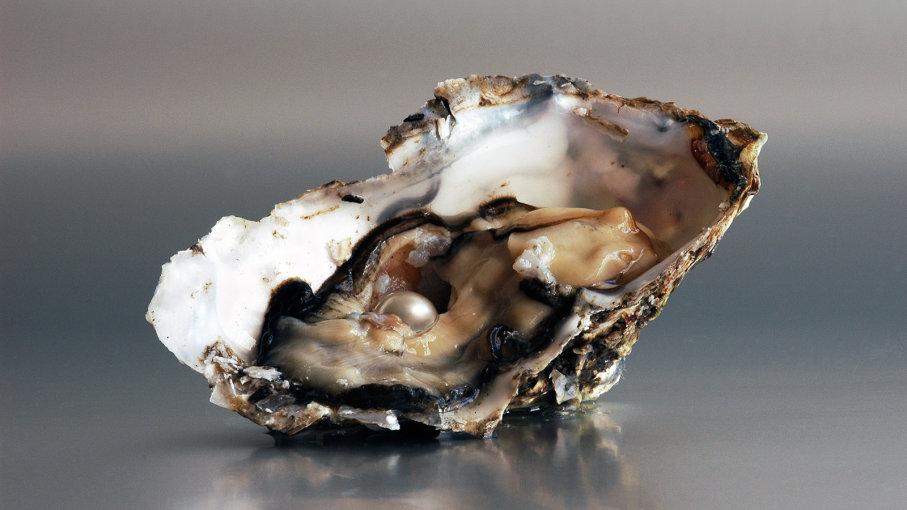How a Pearl Is Made Inside an Oyster

White is the color for calmness, peace, and beauty. Something that can add more beauty flawlessly to any lady is a pearl. They are produced by a type of sea animal called the oyster. These oysters are cultivated by the many farmers under proper conditions, to create high-quality pearls.
In ancient history, they were believed to be a symbol of wisdom gained through experience. These wisdom symbols’ cost depends on their size, shape, luster, color, and surface quality. They can cost between $50 to $2000. Depending on their quality, they are also ranked between A to D.
How are they formed?
- When an unwanted particle enters the oyster, it secrets a compound to relieve itself from the discomfort. The secreted compound is calcium carbonate.
- The calcium engulfs the unwanted particle and later hardens to form a pearl. These are then taken out to make different jewelry like pearl rings and necklaces.
Oysters are also cultivated by many pearl farmers. They create a certain environment essential for the formation of the pearl. A slight change in condition can result in foaming. They are cultivated deliberately to give the best quality of the pearl. There are also oysters that are capable of producing black and grey pearls.
Black and grey pearls-
- Black and grey pearls forms inside a special type of oyster.
- It has a black strip inside it. If during the formation of the pearl it is near to the black strip, then it absorbs the color.
- If it is at a distance and is able to absorb both white and black, then a grey pearl can be produced.
It is rare to see these kinds of pearls without a dye.
These pearls, when used for jewelry, can increase the beauty of a person. This jewelry cost more due to the use of many high-grade pearls. The color of the pearl is manipulated by the farmers. But a naturally formed pearl is still preferred by the people.
Due to the elegance of pearls, earlier in the ages of kings and queens, the royal family used to wear pearl the most because of its classy look.

0 comments